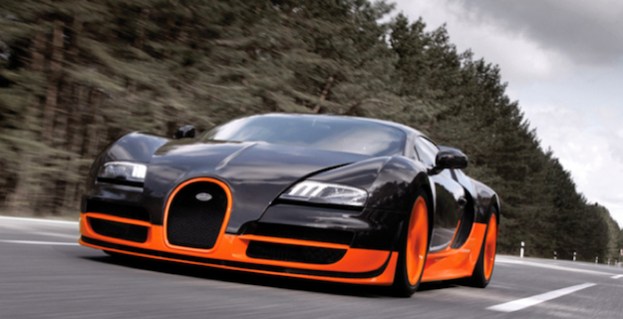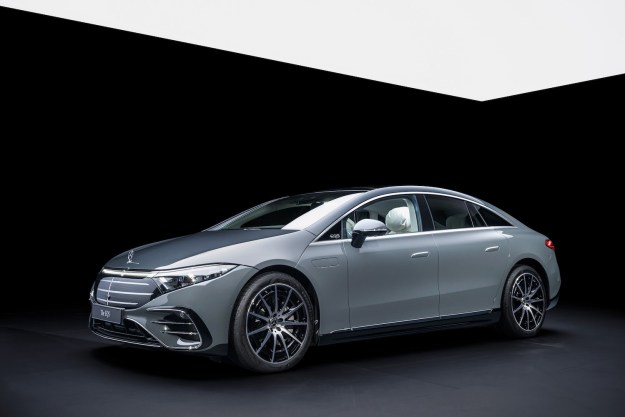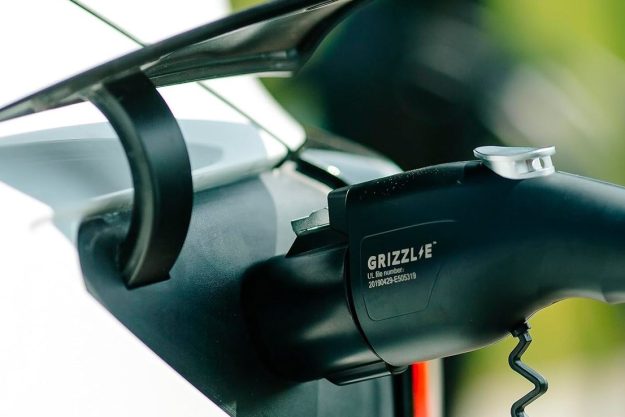
News is coming from Motor Authority today that Bugatti has extended its order for the Veyron seven-speed dual-clutch transmission. The previous order was supposed to end in 2013 along with the Veyron itself. The new order pushes the transmission run another year, through to the end of 2014.
We’re hoping this extended run of the transmission will be used in the rumored “Super” Veyron, which could very well make its debut at the 2013 Frankfurt Auto Show this September.
According to CAR, the Super Veyron is rumored to have a top-speed of 288 MPH, exceeding the current Veyron Super Sport’s 268 MPH. If that weren’t impressive enough, the rumored 0-60 time for the Super Veyron could match Formula One cars at around 1.8 seconds. This would make the Super Veyron far and away the fastest production car in the world.
The Veyron transmission is a highly specialized transmission and unlike anything else on the planet. While a seven-speed dual-clutch transmission isn’t out of the ordinary, its ability to stand up to huge amounts of power is. The Veyron puts out 1001 horsepower. The Super Veyron could put out as much as 1600 horses. It takes a very special and very strong transmission to stand up to that kind of punishment.
The standard Veyron engine is an 8.0-liter W16. In order to produce 1600 horsepower, the W16 might have to be increased to as much as 9.6-liters in addition to some hybrid battery and electric motor components.
Should the Super Veyron actually make an appearance at this year’s Frankfurt Auto Show, we’ll be sure to bring you more info regarding the beastly Bugatti.


